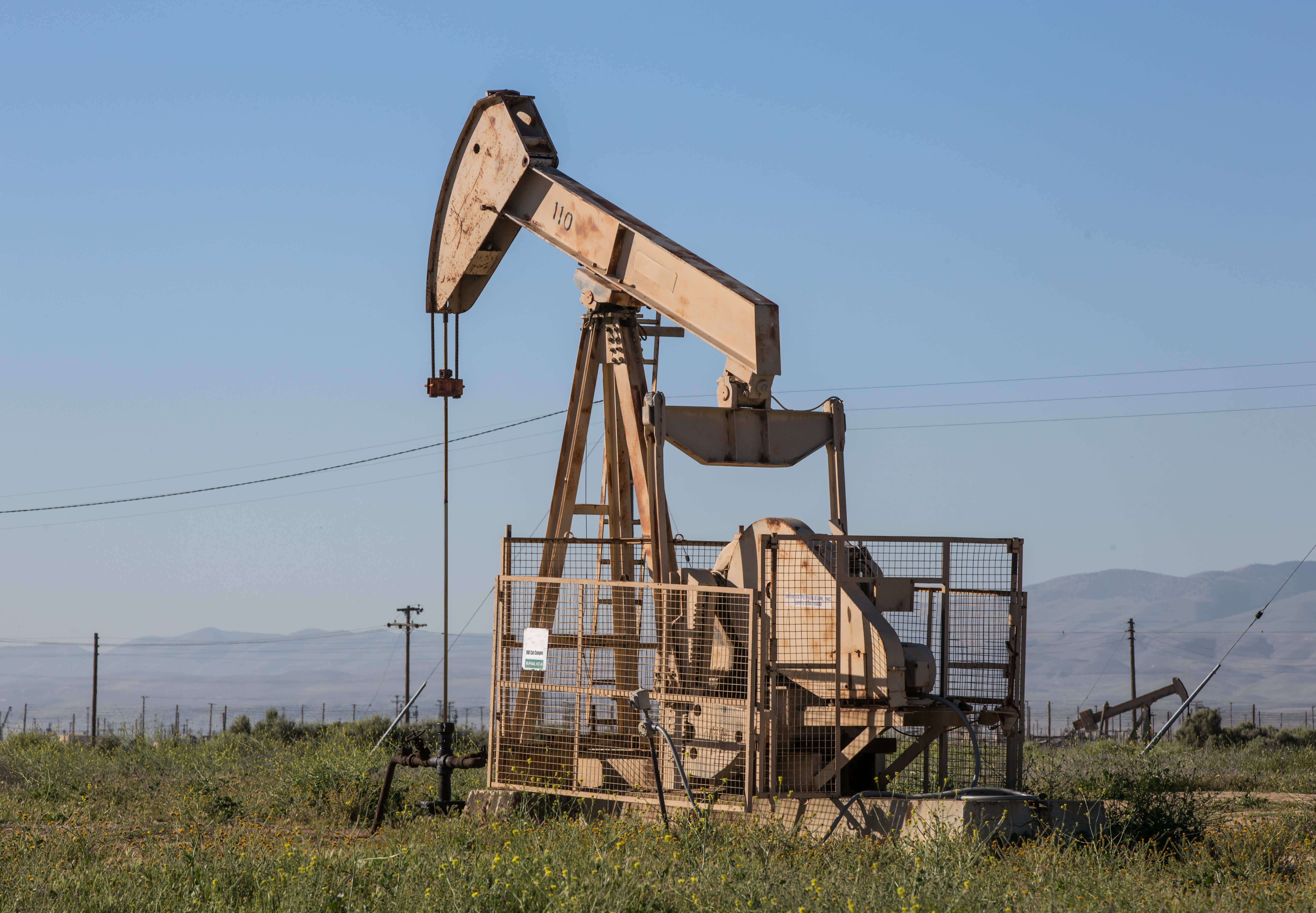
SINGAPORE — The next big shock to the oil industry could be yet another hit to demand, analysts said.
That would add to the destruction already seen this year as measures taken to combat the pandemic prevented people from commuting and traveling – drastically reducing oil usage.
Speaking at S&P Global Platts’ Platts Asia Pacific Petroleum Virtual Conference (APPEC) 2020 on Monday, analysts pointed to the possibility of a second wave of Covid-19.
“A lot of us, we’re talking about another demand shock. It’s like fighting the last battle,” said Ed Morse, managing director and global head of commodities research at Citi.
During a panel discussion at the conference, he warned that oil producing countries could experience a big setback.
“We’re seeing countries that are overly dependent on oil earnings, that can’t pay for the civil service, can’t pay for healthcare…education…security,” Morse said. “The rate of concern we’re going to see … dipped in demand and the gigantic build in inventories … I think the biggest worry is what happens to the fragility of the oil producing countries.”
Earlier this year, the May contract for U.S. benchmark West Texas Intermediate crude dived deep into negative territory for the first time in its history, amid lockdowns and a lack of storage as oil inventory rapidly built up.
“I think it is still all about the demand, the demand destruction this year has been extraordinary,” Martin Fraenkel, president of S&P Global Platts, which projected that the contraction in global oil demand will be 8 million barrels a day by the end of this year.
“That’s a huge contraction year-on-year in a typical year …. Now we’ve come off the summer driving season in the U.S., we’re expecting that demand to taper off a little bit, and of course we’re seeing an uptick in infections of Covid-19 in many parts of the world … and that is a concern,” he said.
“By the end of 2021, oil demand will still be below where the world was in 2019,” Fraenkel added, speaking to CNBC on Monday.
OPEC+ has a “delicate maneuvering act” if demand does not bounce back, Fraenkel added, referring to the Organization of the Petroleum Exporting Countries (OPEC) and its allies.
In July, OPEC+ put in place historic supply curbs of 10 million barrels a day, but agreed to ease them to 7.7 million barrels a day from August.
“If demand doesn’t come back, how long is OPEC+ going to be able to sustain cohesion to keep supply under control when prices are hovering around $40 per barrel? While we think prices can go up in 2021 modestly, (will) demand growth keep coming back? It’s by no means an assured route,” he said.
“In that environment, that cohesion among OPEC+ is going to come under strain. Because as we know there’re a number of countries , Russia being one… which are really dependent on the oil prices and their oil revenue, so the longer this goes on, the more under pressure they’re going to come,” Fraenkel warned.
Oil pipelines, pumping rigs, and electrical transmission lines dot the landscape along California’s “Petroleum Highway” (Highway 33) running along the northwestern side of the San Joaquin Valley on April 24, 2020, near McKittrick, California.
George Rose | Getty Images News | Getty Images
Demand for diesel, on the other hand, is recovering faster, said analysts at the conference.
As deliveries from online shopping ramp up amid the pandemic, that’s putting more delivery trucks on the road, pointed out Chris Midgley, global head of analytics at S&P Global Platts.
“Diesel, it’s reacted much more quickly. We have the trucks, and the lorries, and the freight being carried around the country, the food and the supply,” said Felipe Bayon, CEO of Ecopetrol, a large oil and gas conglomerate in Colombia. He was commenting on when demand for fuel in Colombia will recover to pre-coronavirus levels. “I think the big question is around jet fuel … I think we’ll just take much longer.”
Investment in oil another ‘key pressure point’
The energy sector is set to see a “huge hit” on investments, said Ahmed Ali Attiga, CEO of Arab Petroleum Investments Corporation.
About $80 billion of capital expenditure cuts in 2020 have already been announced, which represents a more than 30% decline over 2019’s investment budget in the sector, he pointed out.
“I think that’s where a key pressure point will evolve,” Attiga said.
“From a funding perspective, the energy sector in general faces two key problems. One is the relatively low shareholder return, and the second is the squeezed margins across the value chain,” he said. “This phenomena in the energy sector … poses key challenges for where financing is going to come from, and particularly so in a period of acute crisis.”
One solution, Attiga said, could be using equity to tackle the lack of funding. Opportunities could be identified where distressed assets have become in need of financing, which present an “attractive investment opportunity.”




